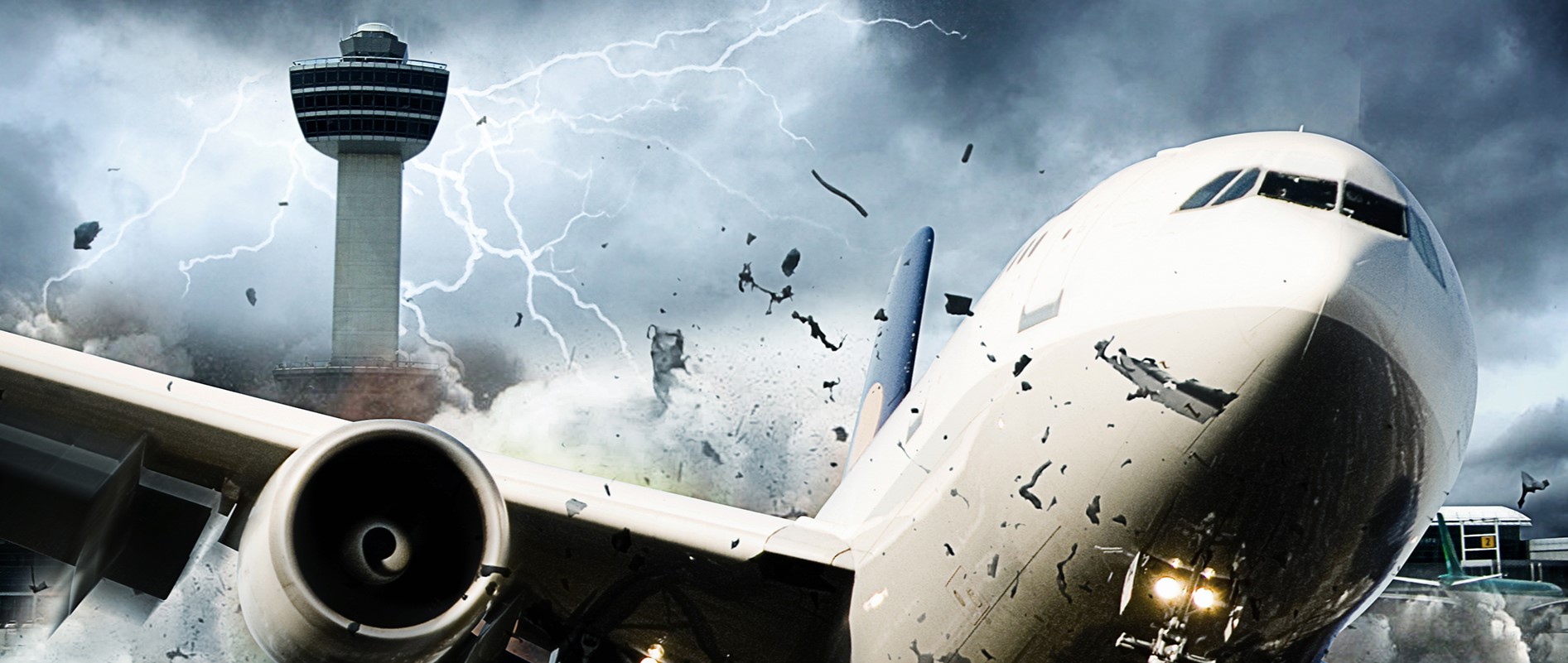
Aviation incident investigation is a critical process that ensures the safety of air travel. Ever wondered what happens after an airplane mishap? Experts meticulously examine every detail to uncover the root cause. This process involves analyzing black boxes, interviewing witnesses, and scrutinizing maintenance records. Investigators work tirelessly to piece together the puzzle, often under immense pressure. Their findings lead to safety recommendations that can prevent future accidents. Understanding these investigations can shed light on how air travel remains one of the safest modes of transportation. Ready to learn some intriguing facts about this vital field? Buckle up and let's dive in!
Key Takeaways:
- Aviation incident investigations are like detective work in the sky, helping us understand what went wrong and how to make flying safer for everyone.
- Technology and teamwork play a crucial role in unraveling the mysteries of aviation accidents, leading to important changes that keep us all safer in the skies.
The Importance of Aviation Incident Investigation
Understanding aviation incidents is crucial for improving safety. Investigations help identify causes and prevent future accidents. Here are some fascinating facts about aviation incident investigations.
-
The International Civil Aviation Organization (ICAO) sets global standards for aviation safety and incident investigations.
-
The National Transportation Safety Board (NTSB) in the United States investigates civil aviation accidents and incidents.
-
Black boxes, or flight data recorders, are essential tools in investigations, recording flight data and cockpit conversations.
-
Investigators often reconstruct accidents using computer simulations to understand what happened.
-
Human factors, such as pilot error, are a significant focus in many investigations.
The Role of Technology in Investigations
Technology plays a vital role in modern aviation incident investigations. It helps gather and analyze data more efficiently.
-
Drones are used to survey crash sites, providing detailed aerial views without disturbing evidence.
-
Advanced software analyzes flight data, helping investigators identify anomalies and potential causes.
-
3D printing technology can recreate parts of an aircraft to study damage and failure points.
-
Satellite imagery can track an aircraft's flight path and provide crucial data for investigations.
-
Artificial intelligence (AI) assists in sifting through vast amounts of data to find patterns and clues.
The Process of an Investigation
The investigation process is meticulous and involves multiple steps to ensure accuracy and thoroughness.
-
The first step is securing the crash site to preserve evidence.
-
Investigators collect physical evidence, such as wreckage and personal items, to piece together the incident.
-
Interviews with survivors, witnesses, and airline staff provide valuable insights.
-
Maintenance records and logs are scrutinized to check for any irregularities or overlooked issues.
-
A final report is compiled, detailing findings and recommendations to prevent future incidents.
Notable Aviation Incidents and Their Impact
Some aviation incidents have led to significant changes in safety regulations and practices.
-
The Tenerife airport disaster in 1977, the deadliest aviation accident, led to improvements in communication protocols.
-
The crash of Air France Flight 447 in 2009 highlighted the importance of pilot training and automation reliance.
-
The disappearance of Malaysia Airlines Flight 370 in 2014 spurred advancements in aircraft tracking technology.
-
The 1988 Lockerbie bombing resulted in stricter security measures for baggage and cargo.
-
The 2001 crash of American Airlines Flight 587 emphasized the need for better understanding of wake turbulence effects.
Each of these facts underscores the importance of thorough and detailed aviation incident investigations. They not only help uncover the causes of accidents but also lead to improvements in aviation safety standards and practices.
The Final Word on Aviation Incident Investigation
Aviation incident investigation is a vital part of keeping air travel safe. These investigations help uncover the root causes of accidents, leading to improvements in aircraft design, pilot training, and safety protocols. By understanding what went wrong, experts can prevent similar incidents in the future.
Investigators use a mix of technology, expertise, and teamwork to piece together the puzzle of each incident. From analyzing black box data to interviewing witnesses, every detail matters. The goal is always the same: make flying safer for everyone.
Next time you board a plane, remember the hard work and dedication that goes into ensuring your safety. Aviation incident investigation might not be glamorous, but it’s essential. Thanks to these efforts, air travel remains one of the safest modes of transportation.
Frequently Asked Questions
Was this page helpful?
Our commitment to delivering trustworthy and engaging content is at the heart of what we do. Each fact on our site is contributed by real users like you, bringing a wealth of diverse insights and information. To ensure the highest standards of accuracy and reliability, our dedicated editors meticulously review each submission. This process guarantees that the facts we share are not only fascinating but also credible. Trust in our commitment to quality and authenticity as you explore and learn with us.


